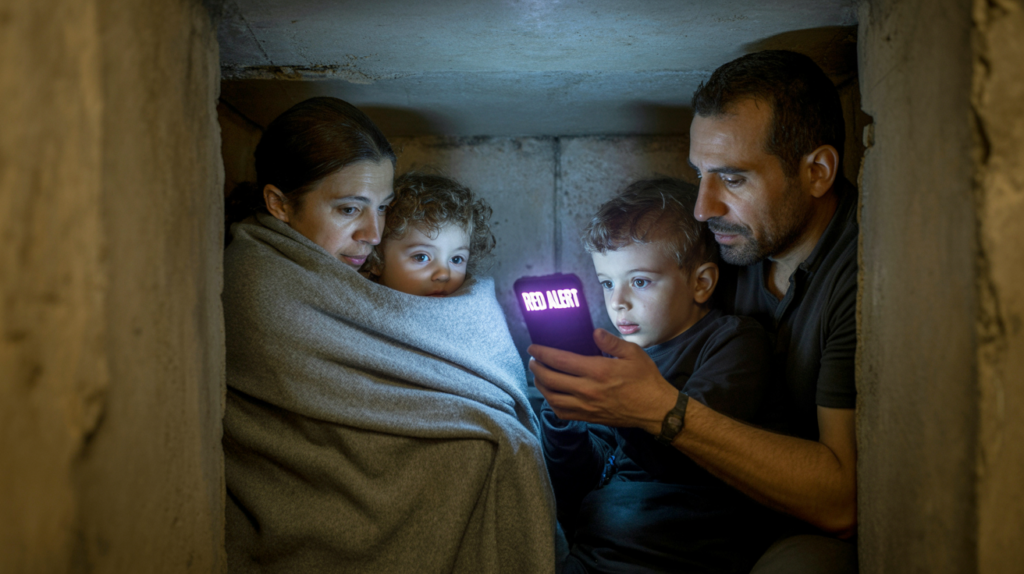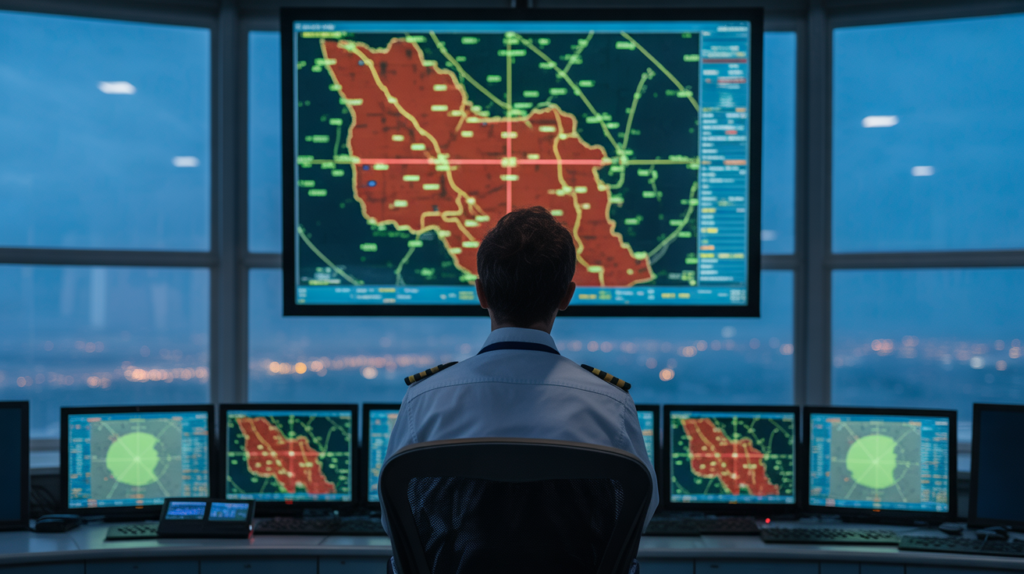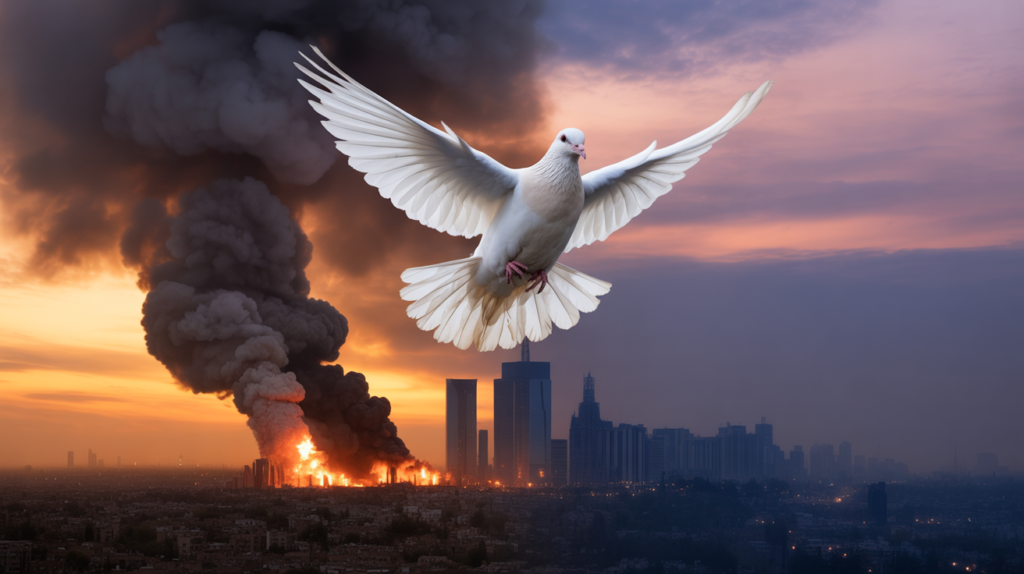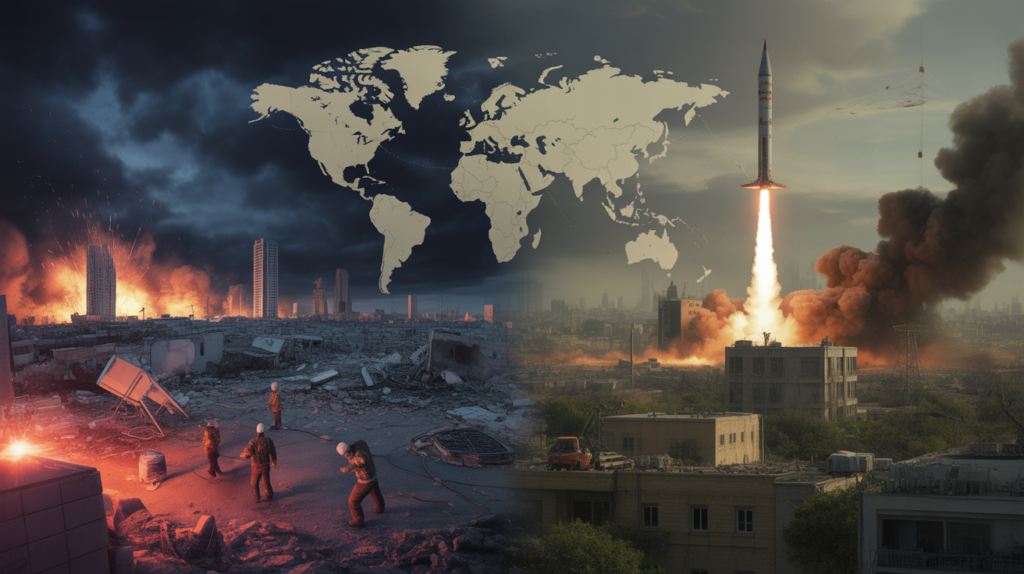As future historians reflect on 2025, the Israel-Iran conflict will likely stand out as one of the year’s most defining global events. Ten days into one of the most explosive confrontations in recent memory, the ripple effects are already being felt across the globe—from the highest halls of diplomacy to the smallest family homes hiding in bunkers.
This is more than just another military standoff. To understand how we reached this breaking point, the BBC offers a comprehensive background on Iran-Israel hostilities over the past decades. It’s a battle of ideologies, foreign policy missteps, regional power shifts, and nuclear tension that has finally boiled over. Let’s break down how we got here, what’s happening now, and what it all means for the future.

🔥 How the Conflict Ignited: A Timeline of Escalation
On June 22, 2025, the world woke up to a new reality: the U.S. had officially joined Israel in bombing three key Iranian nuclear facilities—Fordow, Natanz, and Isfahan. Al Jazeera’s timeline of June 22 events).
- President Donald Trump announced that Fordow was “gone,” while his Defense Secretary labeled the strike an “overwhelming success.”
- Iran’s Foreign Minister, during an emergency meeting in Turkey, warned the U.S. had crossed a “red line.”
- In a forceful response, Iran’s Revolutionary Guard Corps (IRGC) fired ballistic missiles targeting Israel’s Ben Gurion International Airport and several strategic military locations.
These were not just symbolic moves. At least 27 Israelis were injured, while Iran lost nine security personnel in Israeli air raids.

🧨 The Role of the United States: Catalyst or Peacemaker?
America’s involvement has been sharply divisive.
While the White House justified the attack as necessary to neutralize nuclear threats, many within the U.S. government, especially Democrats, saw it differently:
- Senator Chris Murphy stated that Iran did not pose an immediate threat to the United States at the time of the conflict escalation.
- Rep. Rashida Tlaib and others called it a blatant constitutional violation, accusing Trump of sidestepping Congress.
The question hangs in the air: Was this an act of preemption—or provocation? Historically, CNN’s Middle East coverage illustrates how the U.S. has been deeply involved in shaping regional dynamics.?

🧬 Nuclear Tensions: Targeting Iran’s Atomic Identity
Iran’s nuclear program has long been a focal point of suspicion and tension. According to the International Atomic Energy Agency (IAEA), Fordow and Natanz have been under nuclear safeguards yet remain politically sensitive sites.
But this time, real physical damage has been inflicted:
- Fordow—built deep in the mountains—was supposedly evacuated before the strike, reducing casualties.
- Although no radiation leaks were reported from Natanz or Isfahan, the targeted strikes sent a clear message and pushed the boundaries of acceptable warfare.
Iran has since begun deploying its Kheibar Shekan ballistic missile, known for its devastating payload and long-range precision—raising new fears of nuclear escalation.
You might be interested in this topic: 7 Powerful EU Tariff Reactions Showing Strength Amid Trump’s Trade Challenge

🌍 Global Reactions: Allies, Critics, and the Geopolitical Domino
The conflict’s fallout isn’t limited to just Israel and Iran. The United Nations Security Council immediately called an emergency session in response to the strikes. Here’s how the world responded:
🛑 Condemnations
- United Nations Secretary-General António Guterres warned that the region was on the “brink of a deadly downward spiral.”
- China, Russia, and Turkey condemned the attacks, labeling them violations of international law.
- Several Gulf states—most notably Saudi Arabia, Bahrain, and Qatar—voiced strong concern over the intensifying conflict and its potential regional fallout.
✅ Support
- UK Prime Minister Keir Starmer backed the U.S. strike, citing Iran’s nuclear threat.
- The Union emphasized the urgency for diplomatic solutions, while also recognizing the escalating threat presented by Iran’s nuclear ambitions.
Iran’s allies, including Hezbollah, Hamas, and Yemen’s Houthi forces, strongly condemned the U.S. involvement in the conflict, calling the attack unjust and aggressive. U.S. attack as “barbaric” and “treacherous.”

💥 Civilian Impact: Behind the Headlines
It’s easy to get lost in military jargon and political sound bites, but here’s the human cost:
- Residents of Tel Aviv woke to explosions—missiles hit apartments in Ramat Aviv, tearing holes in concrete walls.
- In Iran’s Yazd province, nine security officials were killed during an Israeli strike.
- Airspace over Israel is shut, with international airlines rerouting away from the region.
- Bahrain’s government ordered 70% of its employees to work from home, fearing regional spillover.
The fear is palpable. The threat is real. For countless families caught in the crossfire, the conflict has turned war from a distant headline into a terrifying everyday reality.

🔄 The Bigger Picture: Why This Conflict Matters
Let’s zoom out for a moment. The Israel-Iran conflict is not just about territory or retaliation—it’s about control over the Middle East’s future.
🤝 The Proxy War Narrative
- Iran backs Hezbollah in Lebanon, Hamas in Palestine, and Houthis in Yemen.
- Israel, in turn, is deeply tied to Western interests—primarily the U.S.. This proxy chessboard has now turned into a direct confrontation, with nuclear stakes. Analysts at the Middle East Institute warn that this conflict may mark a shift in regional power balances.
🧠 Public Opinion
Surprisingly, much of the American public remains skeptical. Many see the conflict as a distraction or a risky political move, especially as elections loom.
🔥 Economic Fallout
- Oil prices surged overnight.
- Asian financial markets took a hit as investors reacted to rising fears and uncertainty stemming from the deepening Israel-Iran conflict.

📊 Table: Key Events in the 2025 Conflict (So Far)
| Date | Event Description |
|---|---|
| June 20 | Israel launches targeted strikes in western Iran. |
| June 21 | U.S. and Israeli forces launched coordinated strikes on Iran’s nuclear infrastructure, hitting Fordow, Natanz, and Isfahan with precision-guided bombs. |
| June 22 | U.S. U.S. and Israeli forces launched coordinated strikes on Iran’s nuclear infrastructure, hitting Fordow, Natanz, and Isfahan with precision-guided bombs. |
| June 22 PM | Iran launches 40 missiles at Israel; major injuries reported. |
| June 23 | UN Security Council emergency session; global condemnation begins. |
✅ What Happens Next?
Here are some possible scenarios moving forward:
Scenario 1: All-Out War
With missiles flying and allies being pulled in, the chance of a wider regional war isn’t far-fetched.
Scenario 2: Diplomatic Backchanneling
Despite the violence, backdoor diplomacy—likely through neutral countries like Switzerland or Qatar—may help contain the damage.
Scenario 3: Economic Pressure & Sanctions
International backlash may lead to crippling sanctions against both Iran and Israel, especially if civilians continue to suffer.
💬 Final Thoughts: A Conflict Too Close for Comfort
The 2025 Israel-Iran conflict has dramatically shifted the landscape of military engagement in the Middle East, setting new and dangerous precedents. Unlike past proxy wars or isolated strikes, this is a direct, high-stakes, and globally destabilizing confrontation.
With the U.S. entering the battlefield, diplomacy is no longer optional—it’s essential.
For ordinary people in Tel Aviv, Tehran, or even Washington D.C., the question is no longer “Will the war come?” It’s “How long will it last?”
📣 Call to Action: Let’s Keep the Dialogue Going
This conflict isn’t just headlines—it’s history in the making.
👉 What’s your take on the U.S. involvement?
👉 Do you think this war can be stopped—or is escalation inevitable?
Comment below, share this article with your network, and explore our related coverage on Middle East Geopolitics and Nuclear Non-Proliferation Treaties.
❓ Frequently Asked Questions (FAQs)
1. Why did the U.S. attack Iran in 2025?
To destroy suspected nuclear facilities believed to pose a threat to global security.
2. Which Iranian sites were bombed?
Fordow, Natanz, and Isfahan nuclear facilities.
3. How did Iran respond?
Iran escalated the conflict by launching 40 missiles toward major Israeli cities, with Tel Aviv among the hardest hit.
4. Are civilians being affected?
Yes—several civilian casualties and injuries have occurred in both Israel and Iran.
5. Is there a risk of nuclear war?
Unlikely at the moment, but escalating use of ballistic missiles raises concerns.
6. What is the international community doing?
Mostly urging de-escalation. The UN held an emergency session on June 23.
7. How has the U.S. Congress reacted?
Many criticized Trump for bypassing congressional approval.
8. Are flights to the region canceled?
Due to the ongoing Israel-Iran conflict, several international airlines have rerouted flights to avoid the affected airspace over both countries.
9. What is the Fordow facility?
A deep-underground uranium enrichment plant in Iran.
10. Has oil price been impacted?
Yes, oil prices have spiked due to fears of regional instability.
11. Are Gulf nations at risk?
Potentially. Many are home to U.S. bases and are on high alert.
12. What happens if conflict spreads?
It could destabilize the entire region, triggering a broader Middle Eastern war.
Did this guide help you? Feel free to share and subscribe this post or leave your thoughts in the comments—we’d love to hear from you. with a friend launching their site!



